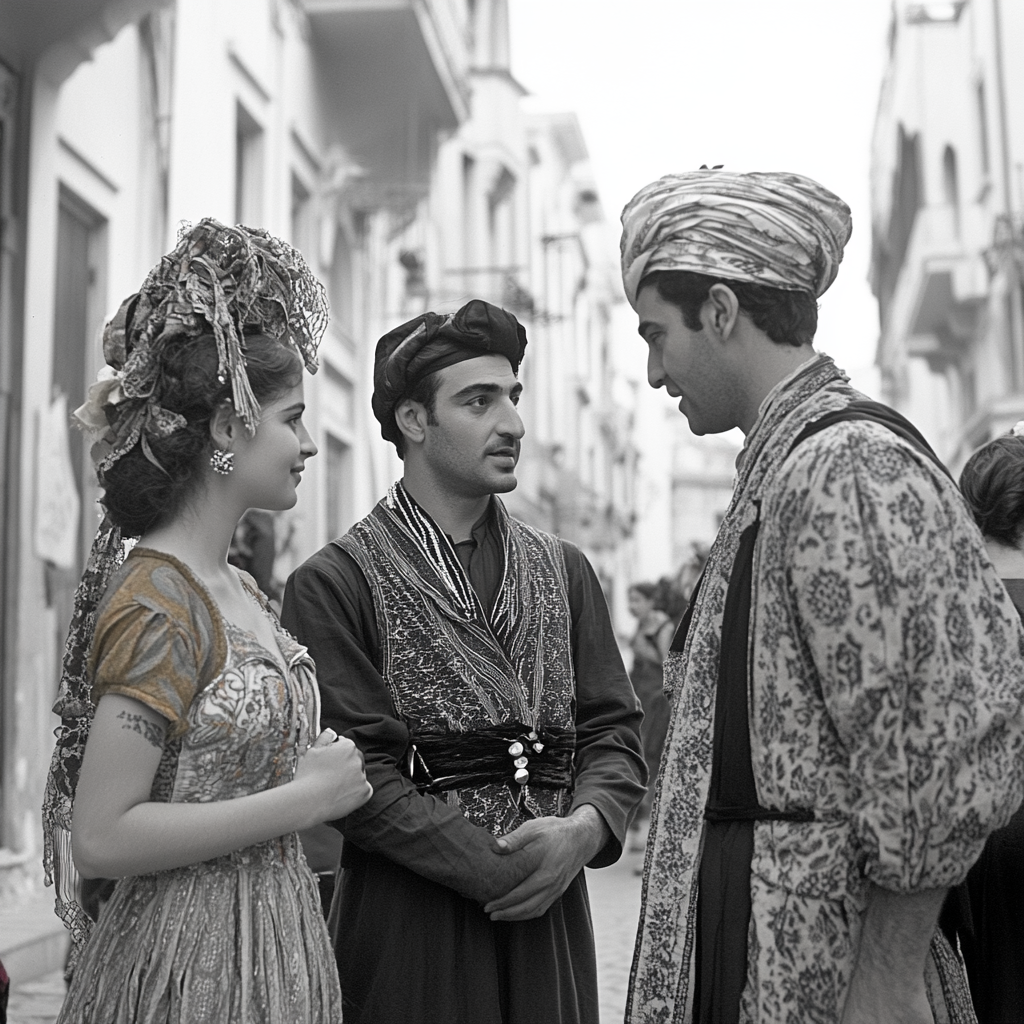Perfumery is the most ancient art that has accompanied humanity for thousands of years. In ancient civilizations, fragrances were given sacred, medical and aesthetic significance. Unlike modern perfumery, where scents are used primarily for pleasure, in ancient times they served as an instrument of power, a way of communicating with the gods and a means of promoting health.
Ancient Persian perfume as a symbol of luxury and power
IN Persian Empire fragrances were not just a means of beauty, but a sign of high status and power. Persian kings and nobles used natural oils, rare flowers, incense and spices to create complex and multilayer compositions.
The main ingredients of Persian perfumes:
- Rose of Damascus – a symbol of sophistication and purity;
- Sandalwood – gave the perfume a warm, woody base;
- Myrrh and frankincense – used in religious rituals and medicine;
- Musk – added depth and durability to the composition;
- Saffron and cardamom – made the aroma more spicy and warm.
The Persians believed that the aroma can cleanse the mind and soulso their spirits were not only beautiful, but also filled with meaning. They were worn on clothing, absorbed into hair, added to bathwater and used in ceremonies. It was from Persia that the art of creating perfumes came to Arab world and Mediterranean, and the recipes of Persian perfumers became the basis for many modern oriental fragrances.
Indian aromas, incense, spices and oil compositions
Indian perfumery closely related to Ayurveda, spiritual practices and incense traditions. Here spirits have always been considered not just a pleasant addition, but an important element of life philosophy.
Key features of Indian fragrances:
- Oil base – unlike Western alcohol perfumes, oils were used in India, which made the aromas persistent and rich.
- Incense – sandalwood, incense, agarwood and resins were burned in temples and houses to cleanse the space.
- Spices – cardamom, saffron, turmeric and cloves added spicy shades to the perfume.
- Flower essences – Jasmine, lotus and rose were used to create sweet, sophisticated scents.
- Massage oils – perfume mixtures were applied to the body during rituals of beauty and relaxation.
There were perfumes in India part of culture and spiritual practices, and even today many Indian scents continue to inspire modern perfumers.
Ottoman Empire combination of oriental and western flavors
The Ottoman Empire became crossroads of eastern and western perfumery. In Istanbul there were incense markets where exotic resins, flower essences, rare spices and musks could be found.
Turkish perfumers especially appreciated rose, amber, oud and citrus notes, combining them into rich, rich compositions. IN Sultan’s palaces aroma was used not only for beauty, but also for cleansing rooms, preparing bath rituals and scenting fabrics. Turkish perfumery has absorbed the best traditions of East and West, creating unique compositions that still inspire global brands.
Technologies and recipes: how legendary fragrances were created
In ancient times, perfumers used natural extraction methods. Perfume was created long processes of maceration, distillation and mixing of oils.
Particularly rich in perfumery traditions Persia, India and the Ottoman Empire. These regions played key role in the development of aromatic arts, and their recipes, technologies and philosophies still influence modern perfume houses. Oriental aromas, rich spices, rare flowers, precious resins and musk, remain in demand today.
Perfume compositions cooked by hand, and it could take several months or even years. Thanks to these methods the perfume retained its richness and persistence, becoming truly exclusive products.
Ritual and medicinal value of aromas
Ancient cultures imparted aromas special meaning. They were used in temples, palaces, medicine and everyday life. The smells helped create the right mood, set the mood for meditation, attract good luck or improve health.
Fragrances applied for relieving stress, treating illnesses, religious rituals and strengthening the spirit. Many ancient practices formed the basis of modern aromatherapy.
Today’s perfumes largely inspired by the traditions of ancient civilizations. Modern brands are increasingly use oud, resins, spices and natural oils, creating rich, deep aromas. Oriental perfume schools continue to develop, offering sophisticated compositions based on traditional recipes.
Perfumes of ancient civilizations are source of inspiration for modern artists. In every culture fragrances were not just part of the image, but a real symbol of spirituality, wealth and harmony.
The smells that were created in Persia, India and the Ottoman Empire, have not lost of his greatness. They are still used in the modern world, reminding us of deep history and traditions of fragrances.
Rose, oud, amber, sandalwood, musk and spices continue to be the main components of oriental perfumery.
Yes, some brands recreate ancient compositions using traditional ingredients and technologies.

